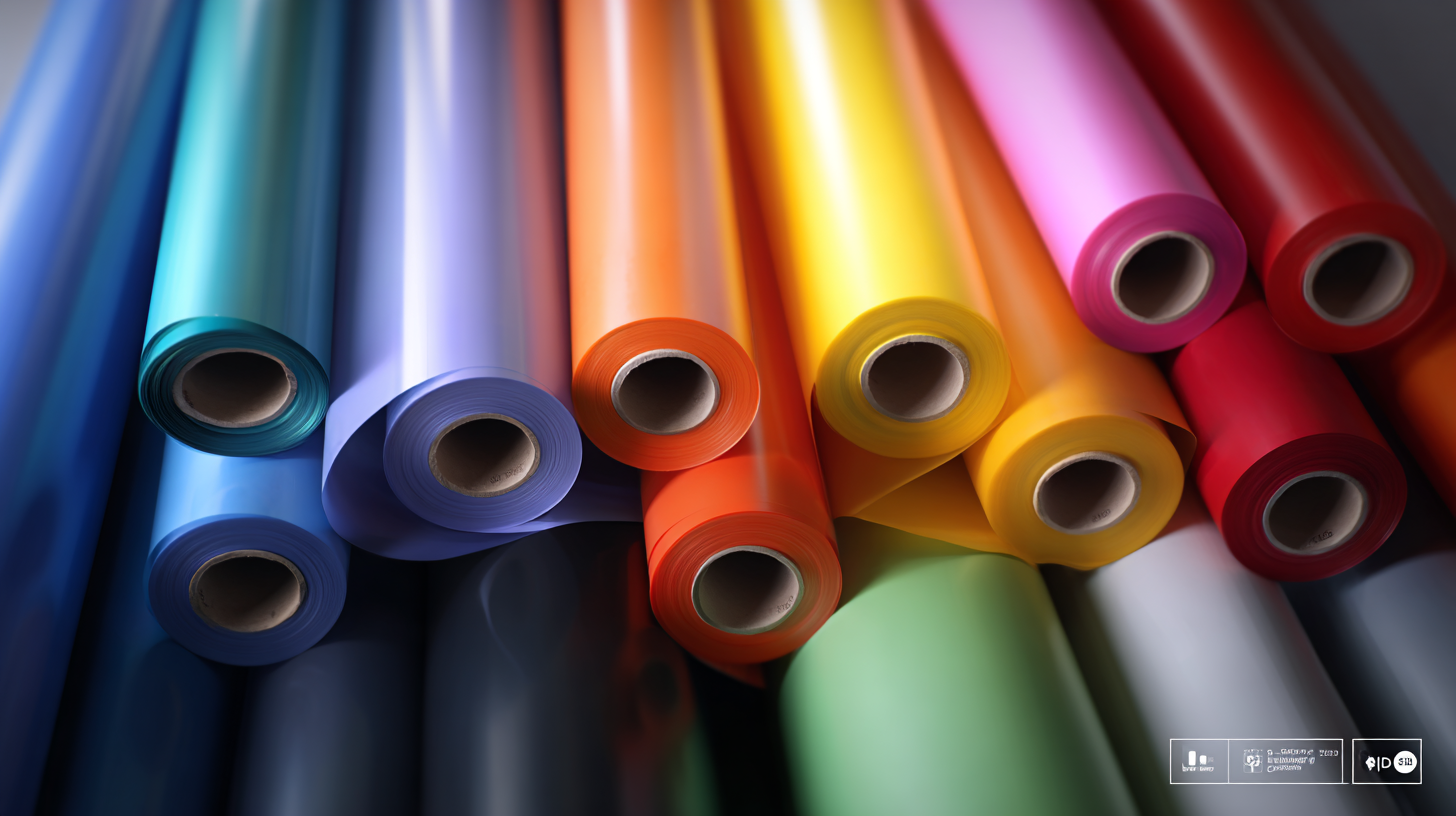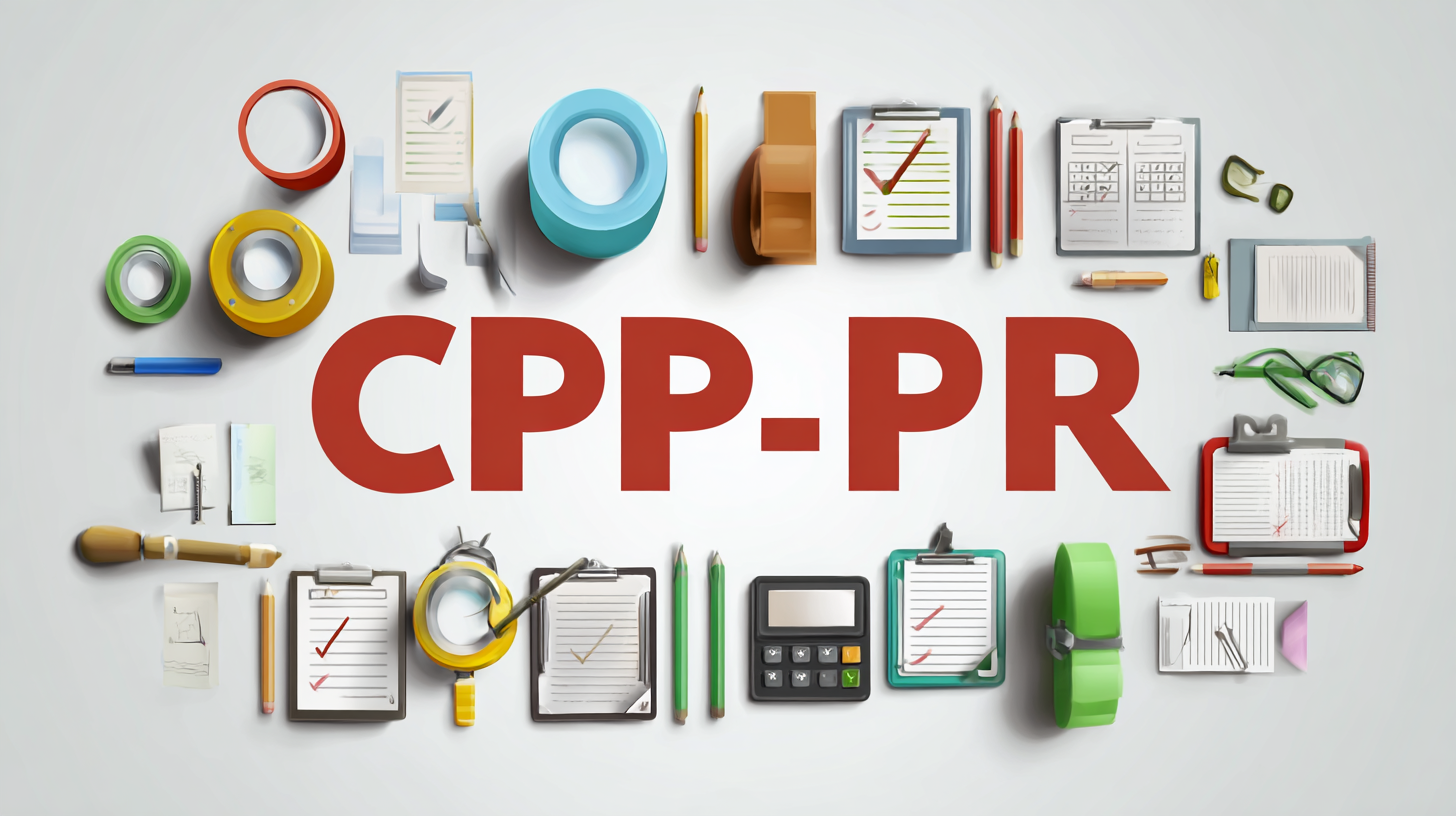
Ultimate Checklist for Sourcing the Best CPP Matte Film for Your Business Needs
In today's competitive marketplace, selecting the right materials for your packaging needs is crucial for success, and CPP Matte Film stands out as a popular choice among businesses aiming for both aesthetic appeal and functionality. This versatile material not only enhances the visual presentation of products but also offers exceptional barrier properties, making it an ideal option for various applications. However, sourcing the best CPP Matte Film can be challenging, especially when faced with numerous suppliers and differing quality standards.

In this comprehensive checklist, we will explore common problems associated with CPP Matte Film and how to navigate them effectively. By addressing these concerns, businesses can make informed decisions and ensure they select the optimal film that meets their specific requirements, ultimately enhancing their product presentation and customer satisfaction.
Key Characteristics to Evaluate When Choosing CPP Matte Film for Your Business
When selecting the ideal CPP matte film for your business, understanding key characteristics is crucial. One of the primary factors to consider is the film's clarity and haze. A recent market report from Smithers Pira indicates that a film's haze percentage can significantly influence consumer perception and product appeal, with products exhibiting less than 5% haze being perceived as higher quality. Assessing this attribute ensures that the product maintains optimal visibility while also delivering the matte finish your brand seeks.
Another essential characteristic to evaluate is the film's barrier properties. According to a study by Mordor Intelligence, CPP films are recognized for their excellent moisture and oxygen barrier capabilities, making them a preferred choice in the food packaging sector. The report highlights that businesses should seek CPP matte films with superior barrier performance, as this can extend the shelf life of products and reduce spoilage, ultimately contributing to overall cost savings. Additionally, the tensile strength and sealability of the film should be assessed to ensure that it meets the specific demands of your packaging requirements, offering durability without compromising aesthetics.

Understanding Different Types of CPP Matte Films and Their Applications
When sourcing CPP matte films for your business, it’s essential to understand the different types available and their specific applications. CPP (Cast Polypropylene) films are popular in packaging due to their excellent clarity, barrier properties, and flexibility. Various types of CPP matte films, such as single-layer, multi-layer, and coated versions, serve distinct purposes. For example, multi-layer CPP films provide enhanced moisture and oxygen barriers, making them ideal for food packaging. According to a report by Smithers Pira, the global demand for high-barrier films is projected to increase by 4% annually, highlighting the growing importance of these materials in the packaging industry.
Tips: When selecting CPP matte films, consider the type of product you are packaging and its specific storage conditions. Conduct a performance test for sealing strength and barrier properties to ensure compatibility with your product. Engaging with suppliers who provide technical data sheets can also help in making informed decisions.
Moreover, the application of CPP matte films is not limited to food packaging. They are increasingly being used in the pharmaceutical and cosmetic industries due to their resistance to moisture and chemicals. A recent study indicated that 60% of brands in these sectors favor CPP films for their packaging solutions, particularly for products that require extended shelf life. This trend underscores the versatility and reliability of CPP matte films in various applications, making them a valuable choice for businesses.
Industry Trends: The Growing Demand for CPP Matte Film in Packaging Solutions
The demand for CPP matte film in packaging solutions has seen a significant surge in recent years, driven by evolving consumer preferences for sustainable and aesthetically pleasing packaging. According to a report by Smithers Pira, the global demand for flexible packaging is expected to grow by 4.3% annually, reaching nearly $300 billion by 2024. This increasing market size reflects a broader trend towards materials like CPP matte film, which offers not only a smooth, non-glare finish but also superior barrier properties that enhance product shelf life.

Additionally, the food and beverage sector is one of the key drivers for the increased adoption of CPP matte film. With consumers becoming more conscious of packaging materials, brands are actively seeking options that not only maintain product integrity but also align with environmentally friendly standards. A study by Grand View Research indicates that the biodegradable films market is expected to expand at a compound annual growth rate (CAGR) of 13.4% from 2021 to 2028. CPP matte film, often utilized in biodegradable composites, positions itself strategically within this growing movement, appealing to businesses aiming to enhance their sustainability profile while meeting consumer demand for quality packaging.
Cost Analysis: How to Budget for High-Quality CPP Matte Film
When budgeting for high-quality CPP matte film, it's essential to start with a detailed cost analysis. Begin by evaluating your specific business needs and frequency of film usage. This will help you determine the quantity required, which is crucial since bulk purchases often lead to significant savings. Reach out to various suppliers and request quotes to compare prices and quality, ensuring you don't sacrifice one for the other.
Next, account for additional costs that may arise, such as shipping fees, handling charges, and taxes. These can vary widely depending on the supplier and your location, potentially impacting your final budget. Incorporating these factors into your cost analysis will provide a more accurate financial picture and help avoid unexpected expenses down the road.
**Tip:** Establish relationships with suppliers to negotiate better rates and terms. Long-term partnerships often yield discounts and exclusive offers, enhancing your overall budget management.
**Tip:** Regularly review your film usage and reorder patterns. By assessing how much CPP matte film your business utilizes, you can adjust your budget accordingly and avoid overstocking, which ties up resources and capital.
Cost Analysis of High-Quality CPP Matte Film
Sustainability Considerations: Eco-Friendly Options in CPP Matte Film Sourcing
In today's environmentally conscious marketplace, sourcing eco-friendly CPP matte films is more crucial than ever for businesses looking to reduce their carbon footprint. The demand for sustainable packaging solutions has surged, with a focus on materials that can be recycled and have minimal environmental impact. Recent industry reports indicate that the global market for sustainable packaging is expected to reach over $500 billion by 2027, highlighting a significant shift towards eco-friendly options in various sectors, including the flexible film industry.
When evaluating your options for CPP matte films, consider suppliers that prioritize sustainability. Increasingly, companies are innovating to offer formulations that use post-consumer recycled content or biodegradable additives. This aligns with the growing consumer preference for products that not only perform well but also contribute to environmental preservation. For example, recent introductions in the market feature films that maintain high strength and clarity, catering to diverse packaging needs while adhering to eco-friendly standards. As sustainability becomes a driving force in procurement decisions, businesses must ensure that their sourcing strategies reflect a commitment to both quality and environmental responsibility.
Ultimate Checklist for Sourcing the Best CPP Matte Film for Your Business Needs - Sustainability Considerations: Eco-Friendly Options in CPP Matte Film Sourcing
| Criteria | Description | Eco-Friendly Option | Sustainability Rating |
|---|---|---|---|
| Material Composition | The type of plastic used in the film production. | Biodegradable options made from renewable resources. | A+ |
| Recyclability | Ability to be recycled after use. | Products certified as recyclable. | A |
| Production Process | Environmental impact during manufacturing. | Using renewable energy in production. | A+ |
| Water Usage | Amount of water used during manufacturing. | Processes that minimize water consumption. | B+ |
| Chemical Use | Types and amounts of chemicals used in production. | Non-toxic chemical alternatives. | B |
